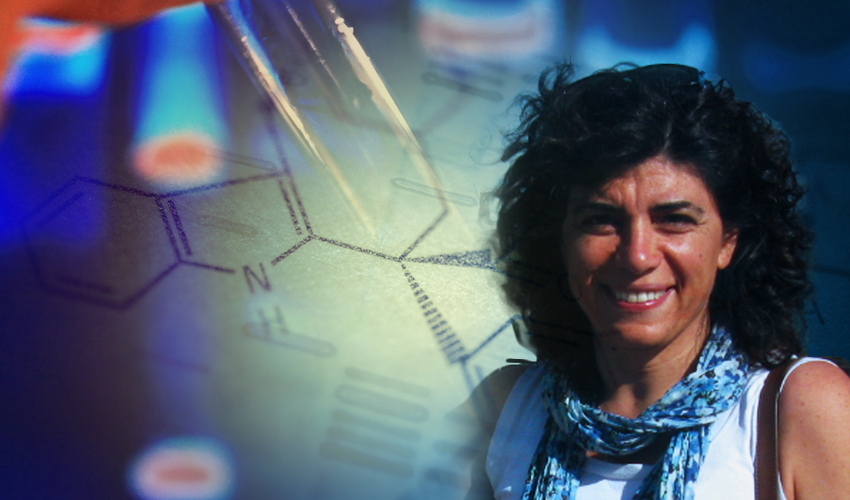

Using NMR to Investigate Dynamic Protein Complexes
Most proteins interact with only one or a few ligands, but light chain 8 (LC8) is an example of a protein that has more than a hundred binding partners, ranging from viral proteins and motor proteins through to the proteins involved in cell division.
At the Department of Biochemistry and Biophysics at Oregon State University, Professor Elisar Barbar and colleagues have been studying the structure, assembly and regulation of the LC8 protein interaction network and how these interactions affect numerous essential cellular functions.
In a recent interview, Barbar commented that one feature LC-8 binding proteins share is that they are all intrinsically disordered. Disorder is an essential aspect of how intrinsically disordered proteins (IDPs) function. Lacking a stable tertiary structure, these proteins do not fold into a tightly packed native state that presents only one or a few active binding sites. Instead, they sample numerous inter-converting conformations with varying degrees of disorder, some of which can also bind to several folded proteins.
To identify and characterize the various conformations sampled in IDPs and the changes that accompany binding, the team at Oregon use NMR. Barbar explains: “You can identify the sequences that are disordered, then determine exactly which disordered amino acids bind another protein and when/why one regulator binds while another does not.”
One important binding partner of LC8 is dynein intermediate chain (IC), a large complex that moves molecular cargo within a cell. Barbar and colleagues have been studying the region of dynein that latches onto cargo. Specifically, they have been looking at where cargo binds to this complex, what regulates when the cargo moves and how the complex releases the cargo once its destination is reached. One interesting aspect of this, explains Barbar, is that additional proteins bind dynein and regulate the binding of cargo; these regulators tell dynein what cargo to carry and when to move it.
Using NMR, Barbar and team identified a large disordered domain of dynein IC (about 300 amino acids in length) that is the region to which many cargo regulating proteins bind. They found that binding at one site in this disordered chain alters the binding of a regulating protein at a distant site on the same disordered region. Just one genetic mutation that changes the protein sequence in a disordered region can alter binding at a distant site and affect cellular function. Barber believes this may be the molecular basis of some diseases and her team are currently investigating which specific amino acid residues or mutations are associated with essential cell function.
“Our goal is to understand fundamental cellular functions of LC8-IDP protein complexes in biomedical systems,” she says. “Then we can apply what we understand in a broader arena that includes how a disease disrupts the fundamental functions of LC8-IDP duplexes….This, in turn, can lead to how this disease might be treated by drugs that prevent the disruption.”
NMR is essential to the work that Barbar and team carry out and Oregon Statue University has recently been successful in funding major instrumentation grants for a multi-user 800 MHz NMR. Barbar says this will be the highest field NMR in the state of Oregon and “the instrument will support other universities in the region, stimulate new collaborative projects, and, most crucially, will allow us to keep developing innovative approaches towards revealing how dynamic large protein complexes work.”


